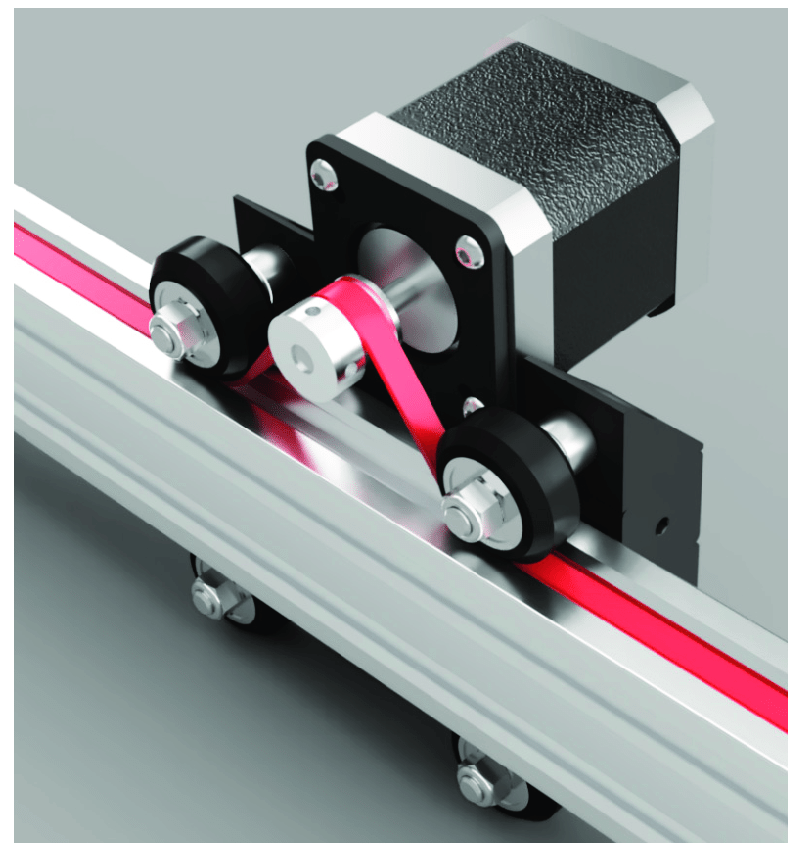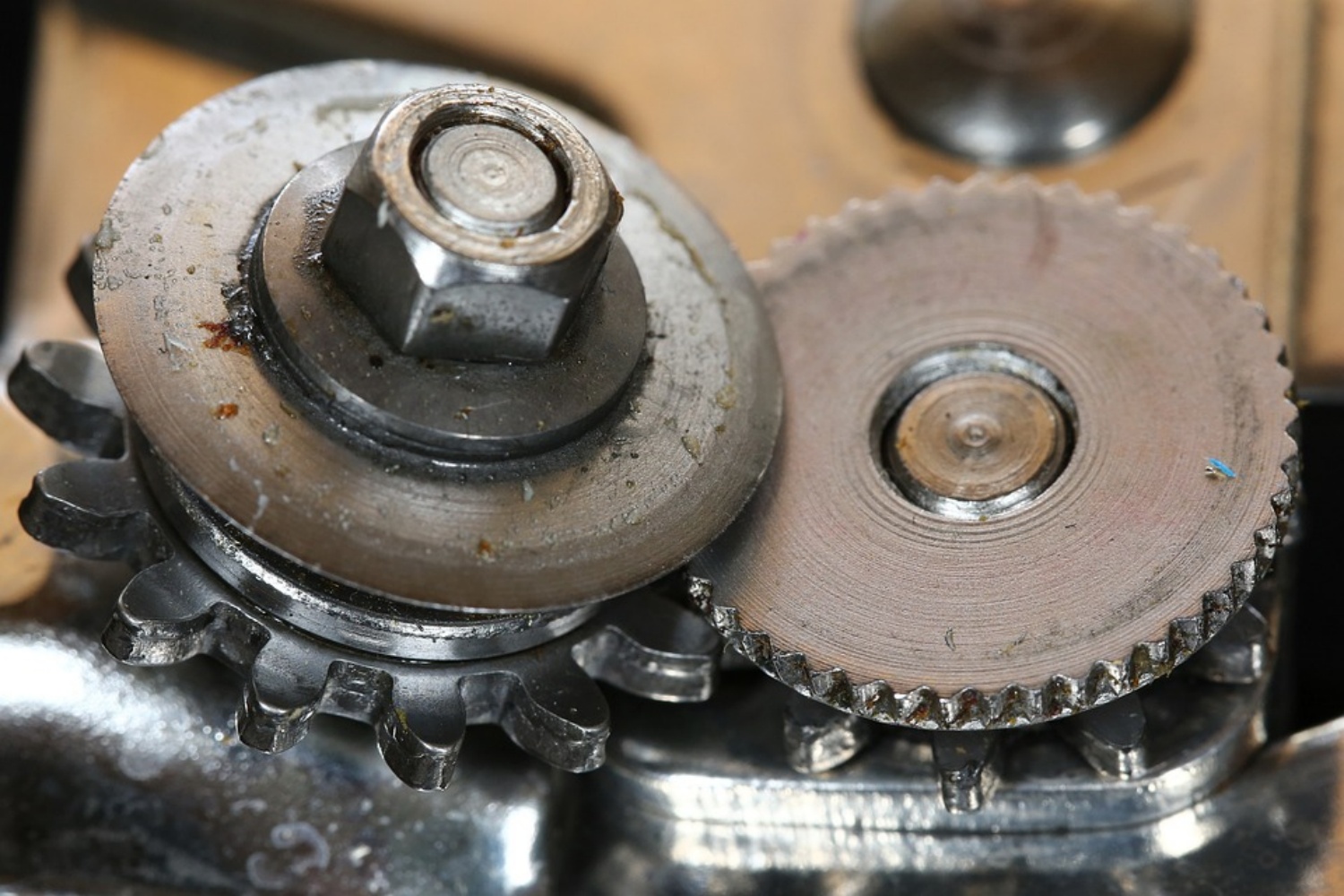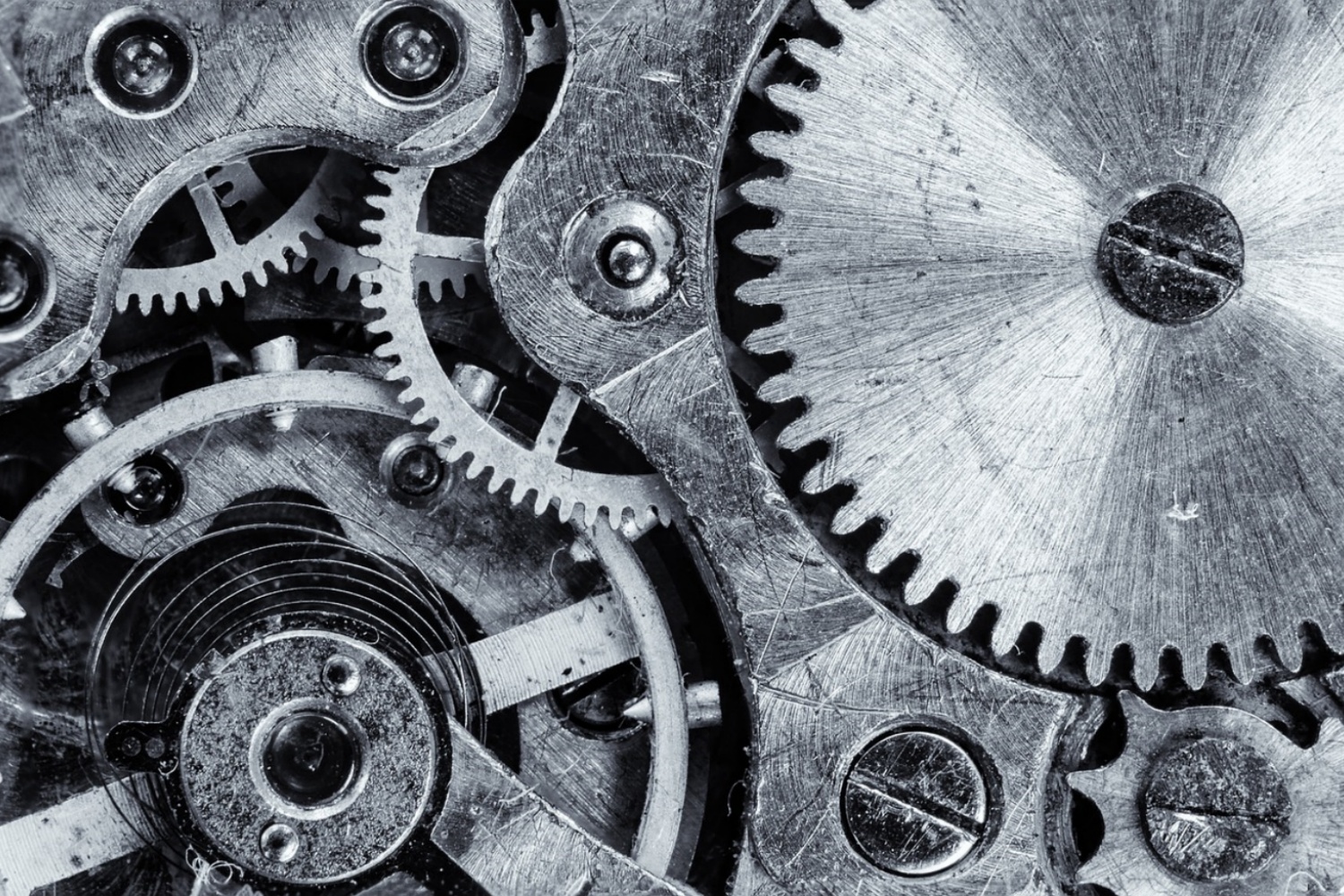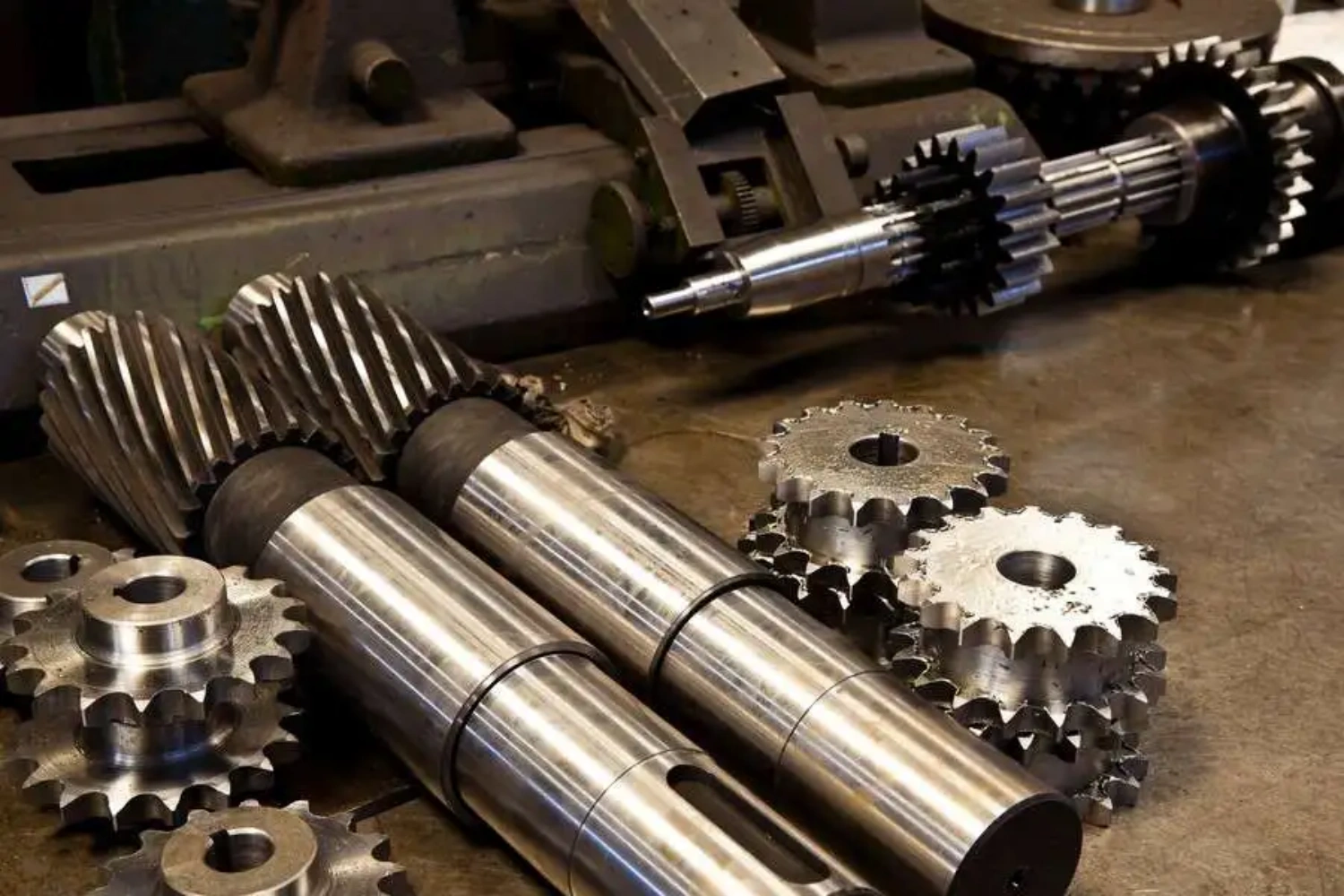Timing pulleys, also known as toothed pulleys, are used in a variety of industrial applications where precise synchronization between the driving and driven components is required. They are typically used in conjunction with a timing belt, which has teeth that mesh with the teeth of the pulley, to transfer power and motion from one component to another.
In this article, we will discuss the basics of timing pulley drives, including their advantages and disadvantages, how they work, and their applications. We will also cover the different types of timing pulleys and belts available, and the factors to consider when selecting the appropriate components for a specific application.
Advantages of Timing Pulley Drives:
One of the key advantages of timing pulley drives is their ability to provide precise and accurate power transmission. Because the teeth on the timing belt mesh with the teeth on the pulley, there is no slippage or slipping, resulting in highly efficient power transmission. This also makes timing pulley drives ideal for high-speed applications, where slippage could result in reduced performance or even equipment failure.
Timing pulley drives are also highly reliable, as the precise tooth-to-tooth engagement helps to minimize wear and tear on the components. This reduces the likelihood of component failure or system downtime, which can be costly for industrial applications.
Additionally, timing pulley drives are relatively easy to maintain, as the belt can be easily replaced when it wears out or becomes damaged. This reduces the need for complex maintenance procedures or specialized tools, which can save time and money over the long term.
How Timing Pulley Drives Work:
Timing pulley drives work by using the teeth on the timing belt to engage with the teeth on the pulley, which rotates as a result. As the pulley rotates, it transfers motion and power to the driven component, which is typically another pulley or a shaft.
The timing belt is typically made of a reinforced rubber material, which allows it to withstand high torque loads without stretching or slipping. The teeth on the timing belt are typically made of a durable material, such as nylon or steel, which provides a reliable and long-lasting engagement with the teeth on the pulley.
Types of Timing Pulleys and Belts:
Timing pulleys and belts are available in a variety of types and configurations, to suit different applications and performance requirements. Some of the most common types of timing pulleys and belts include:
- HTD (High Torque Drive) Timing Pulleys and Belts: These are used in applications where high torque transfer is required, such as in heavy machinery or industrial equipment.
- GT (Gates Tooth) Timing Pulleys and Belts: These are used in applications where high precision and accuracy are required, such as in robotics or precision machinery.
- T (Trapezoidal) Timing Pulleys and Belts: These are used in applications where moderate power transmission is required, such as in power tools or small machinery.
- Factors to Consider When Selecting Timing Pulleys and Belts:
- When selecting timing pulleys and belts for a specific application, there are several factors to consider, including:
- Load Capacity: This refers to the amount of torque and power that the system needs to transfer, and will determine the size and type of pulleys and belts needed.
- Speed: This refers to the maximum operating speed of the system, and will determine the material and design of the pulleys and belts.
- Environment: This refers to the conditions under which the system will operate, such as temperature, humidity, and exposure to chemicals or other materials.
- Alignment: Proper alignment of the pulleys and belts is critical to ensure optimal performance and reduce wear and tear on the components.
Conclusion:
Timing pulley drives are an effective and reliable means of transmitting power and motion in
CONTINUE READING
Related Posts
In the realm of industrial automation, the significance of gears and pulleys within the machinery cannot be overstated. These components […]
Industrial gears play a pivotal role in the operational efficiency and productivity of various industries. These components, often housed within […]
In the rapidly growing food processing industry, the need for high-quality, precision equipment is more important than ever. As companies […]





